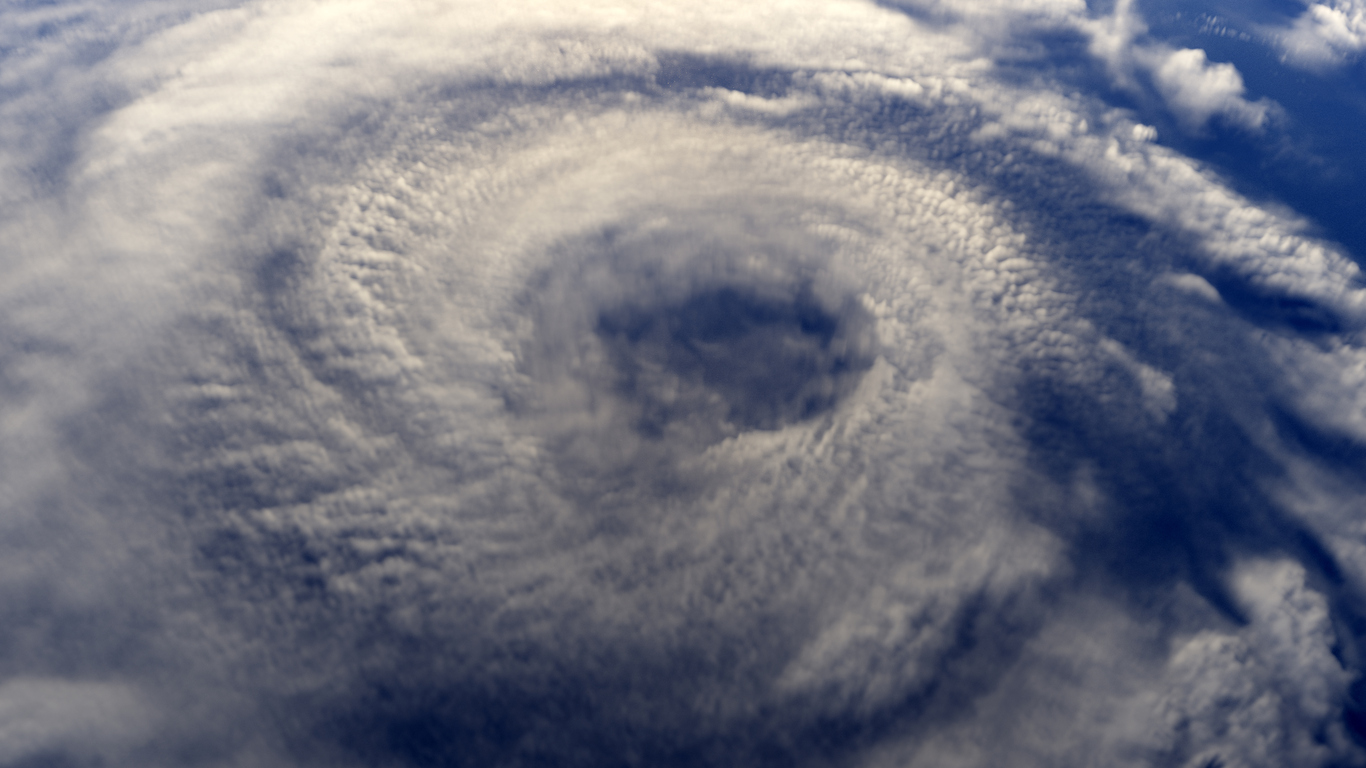“Coastal population and exposure growth is certainly the predominant driver of increased damage costs associated with hurricanes,” says Steve Bowen, director and meteorologist at consulting firm Aon’s Risk Solutions division.
Rising Storm Costs
The U.S. has had 40 hurricanes identified as billion-dollar disasters since 1980, using 2018 inflation-adjusted dollars, with a cumulative damage estimate of $862 billion, according to National Oceanic and Atmospheric Administration U.S. Billion-Dollar Weather and Climate Disasters analysis.
The trio of Harvey, Maria and Irma in 2017 combined to cost $268 billion, 31% of the damage since 1980, making it the most expensive year in 38 seasons. Based on Moody’s estimates, Florence caused less damage than those storms. At the upper end of the $38 billion to $50 billion damage estimate, it would rank among the biggest storms since 1980.
Location, Not Wind
Wind strength isn’t the only factor that determines how damaging a storm will be. Florence made landfall in the Carolinas as a Category 1 hurricane, due to wind strength. The devastating effect of Florence, like Harvey in 2017, was primarily related to flooding.
Relatively weak storms are among the costliest. “Wind category does not fully capture the damage cost potential from historic hurricanes,” says Adam Smith of the National Oceanic and Atmospheric Administration. Many population centers and infrastructure exist in vulnerable areas like coasts and river floodplains, he says.
For storms like Harvey, changes in land use that come with urbanization, such as replacing permeable surfaces like grass with impermeable surfaces like concrete, can cause big changes in water runoff.
Sandy had downgraded from being a hurricane to what’s known as an “extratropical” storm by the time it made landfall in 2012, but it hit major population centers causing “extensive damage across several northeastern states,” making it the 4th most expensive storm to hit the U.S. since 1980 with $72.19 billion in damages according to NOAA’s analysis.
Slower and Wetter
Another contributing factor to the severity of Florence was the fact that the storm lingered over the area so long, drenching eastern North Carolina.
The speed North Atlantic hurricanes cross over land slowed 17% from 1949 to 2016, says Jim Kossin, atmospheric scientist at NOAA. Mr. Kossin published a peer-reviewed paper on the subject in Nature in June. All things being equal, if you slow a storm’s forward speed by 17%, you will increase the rain in the area by 17%, resulting in substantially more freshwater flooding, he says.
Homes at Risk
“As we have more people living in hurricane-prone areas, the damage is likely to increase,” says Phil Klotzbach, a research scientist in the atmospheric science department at Colorado State University.
Along the Atlantic and Gulf coasts, 6.9 million homes are at risk for hurricane storm surge damage, with 67% located in 15 metropolitan areas, according to CoreLogic. The reconstruction cost value—the cost to completely rebuild at-risk homes in a 100% destruction scenario in 2018, including labor and materials—is $1.6 trillion.













